You don’t need to believe in saints or visions to feel something shift when you’re standing inside the abbey. Maybe it’s the salt in the wind or the way the walls creak a little when it’s quiet. Or how you suddenly realize you’ve climbed an entire medieval mountain without meaning to. Either way, it sneaks up on you.
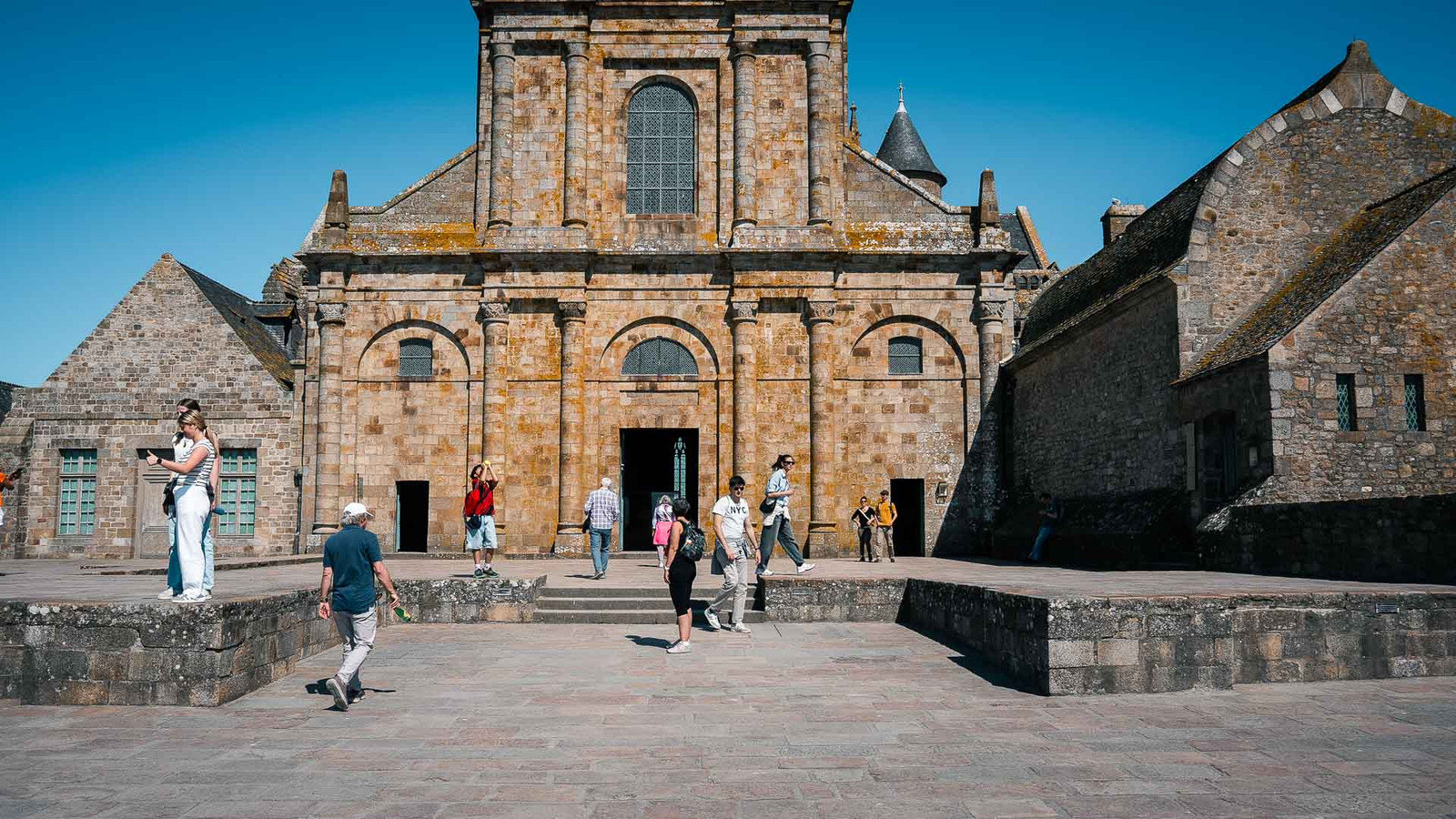
This place isn’t neat. It’s an architectural experiment that never ended. Started in the 700s by a bishop who supposedly saw an angel in his sleep, then turned into a fortified monastery, a prison, a symbol, depending on the century. It’s seen a lot. And it shows.
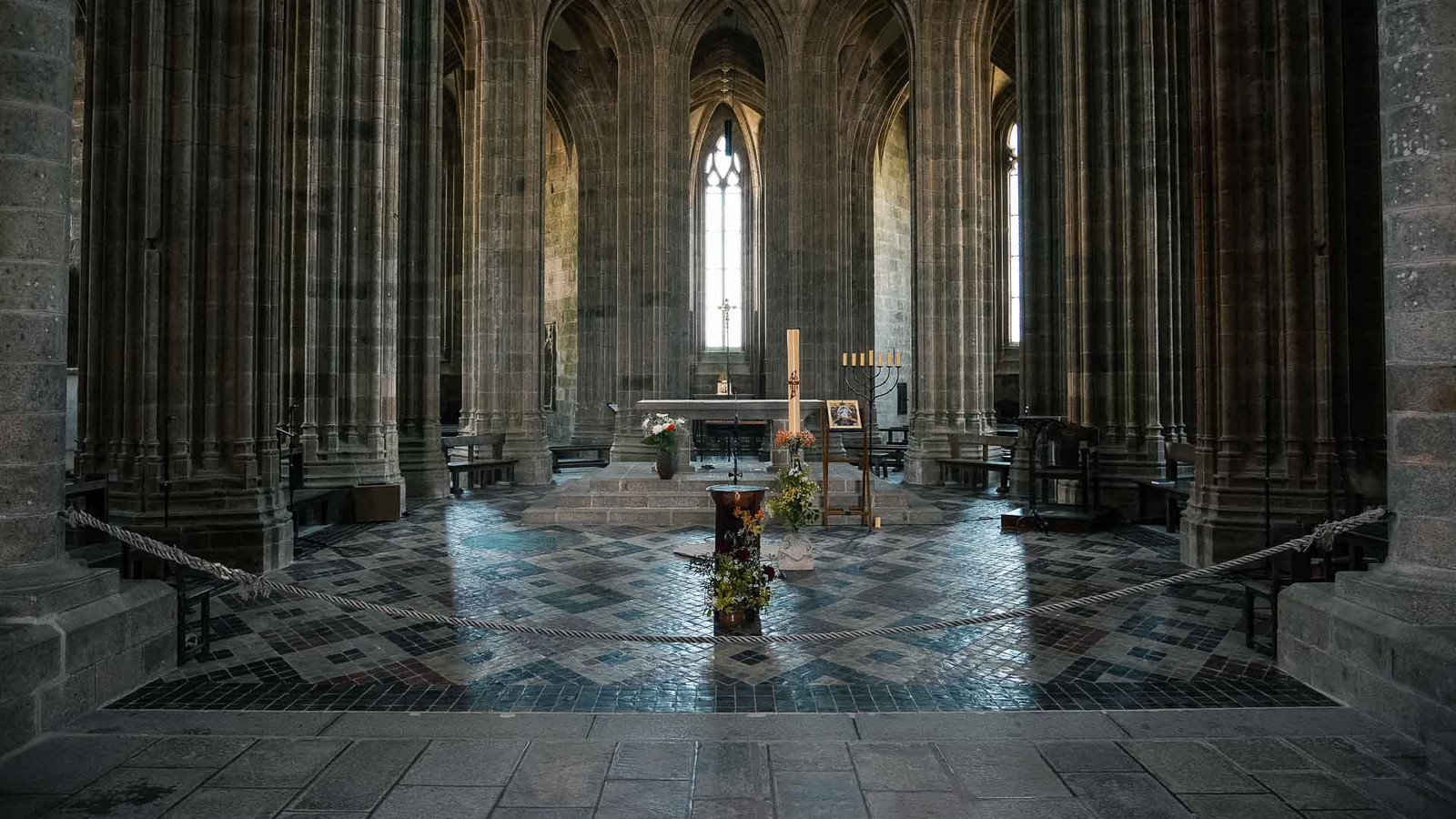
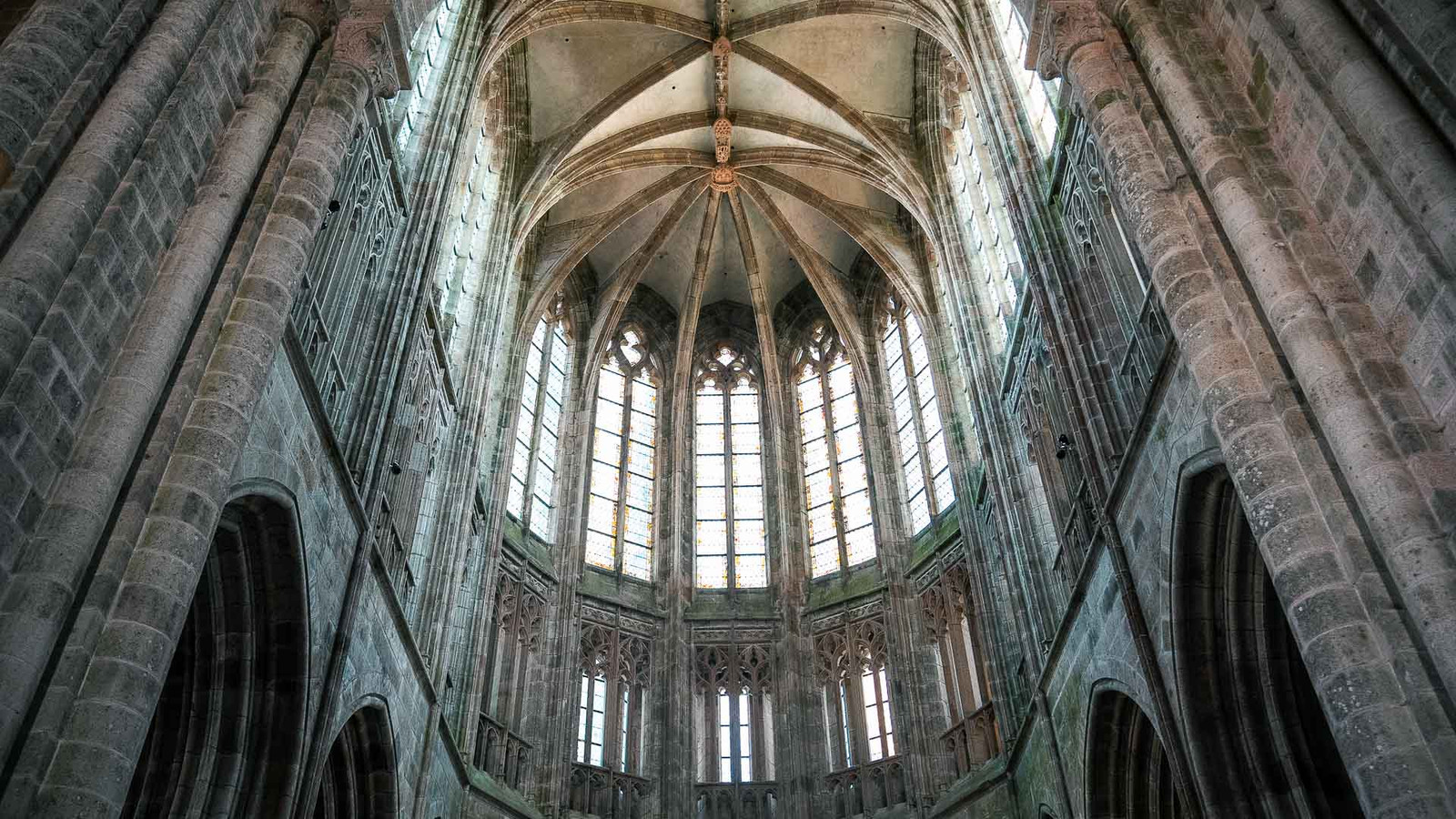
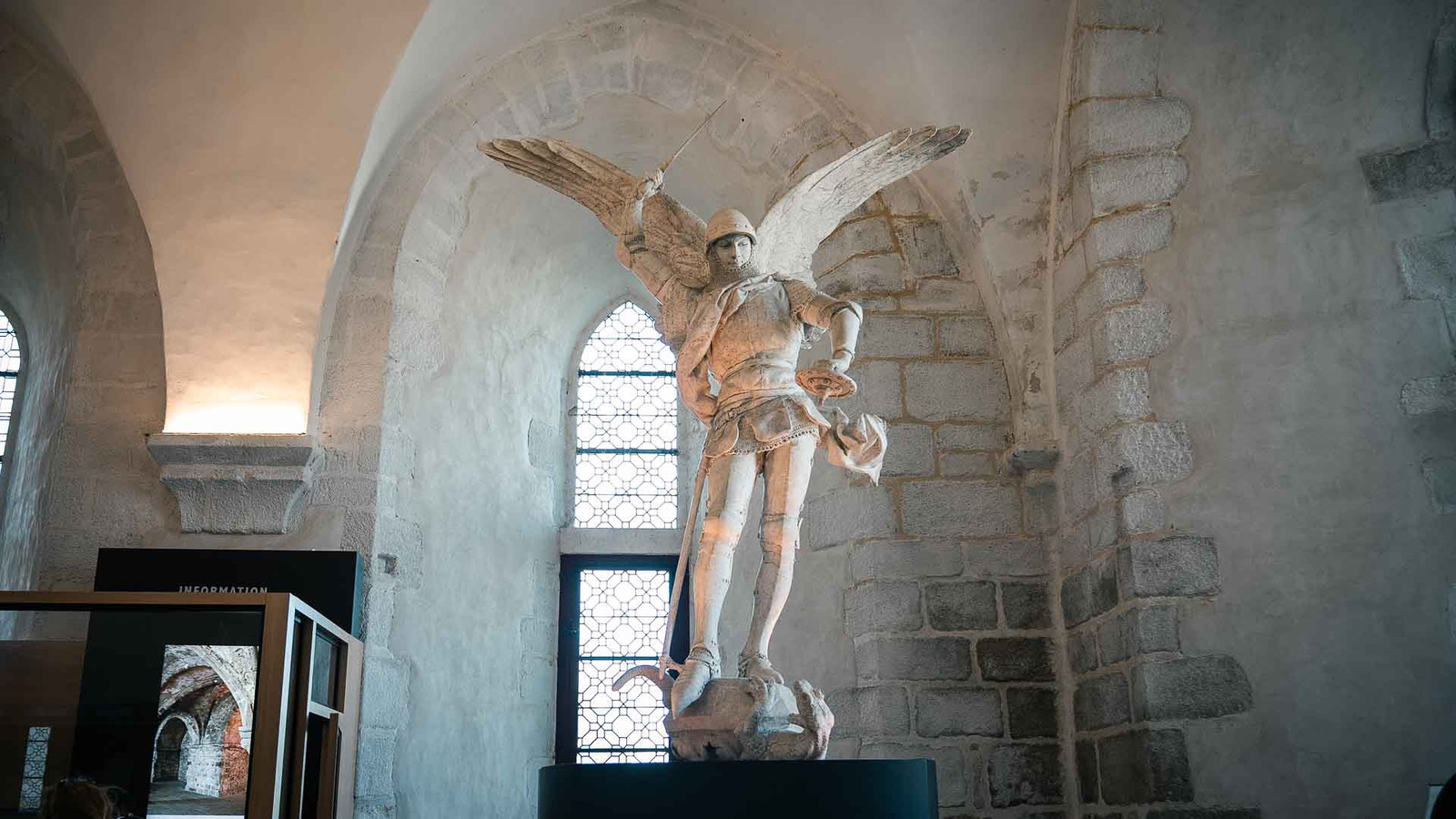
It’s not the grand halls that stick with you, either. It’s the strange silences. The chill in the refectory. The wind slicing through the cloister garden. And the crowds? Brutal after 10 AM. Get there early, seriously. The abbey opens at nine, and the stairs aren’t kind to latecomers. Hiking boots wouldn’t be overkill.
How the Abbey Became a Jigsaw of Centuries
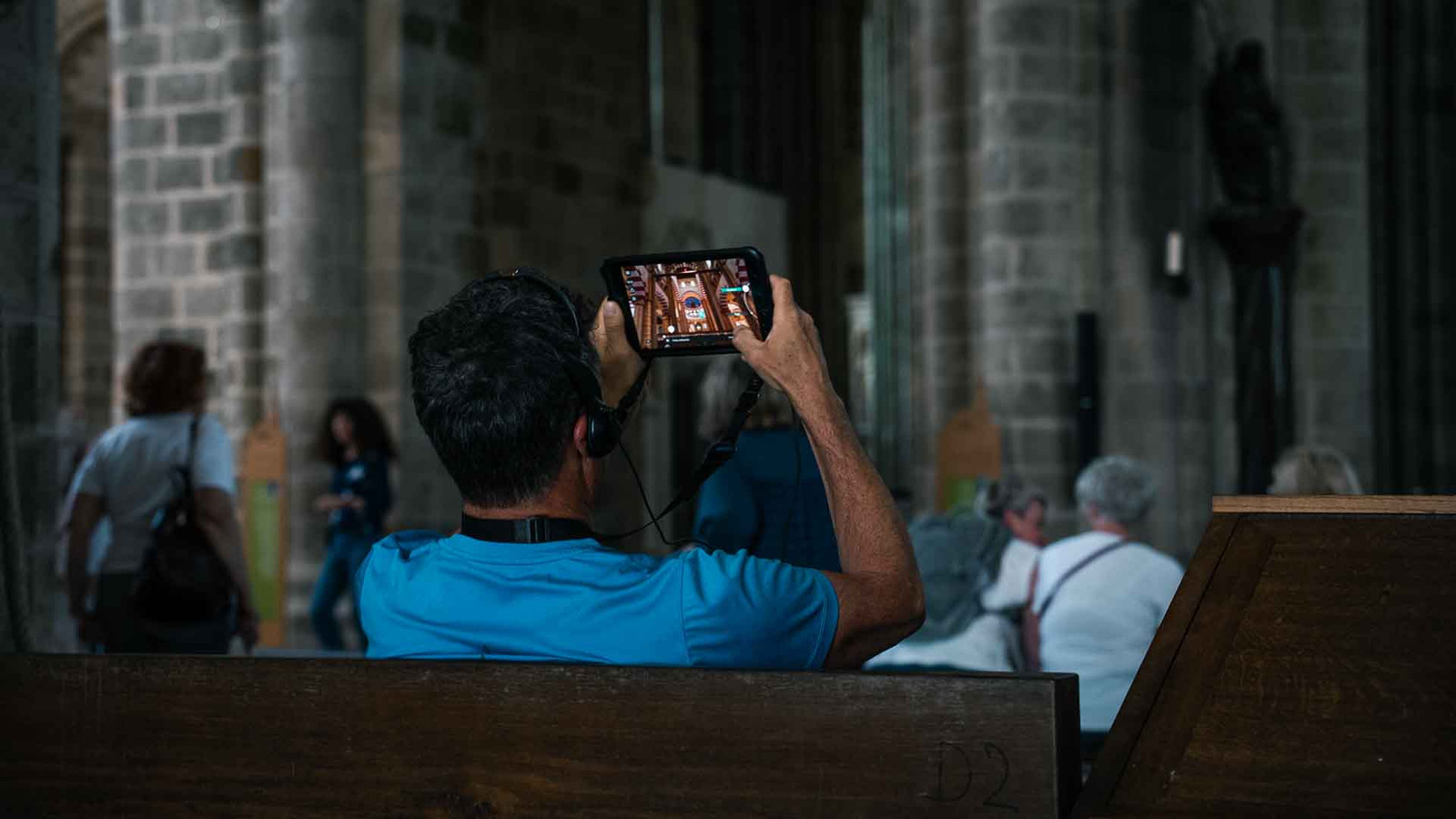
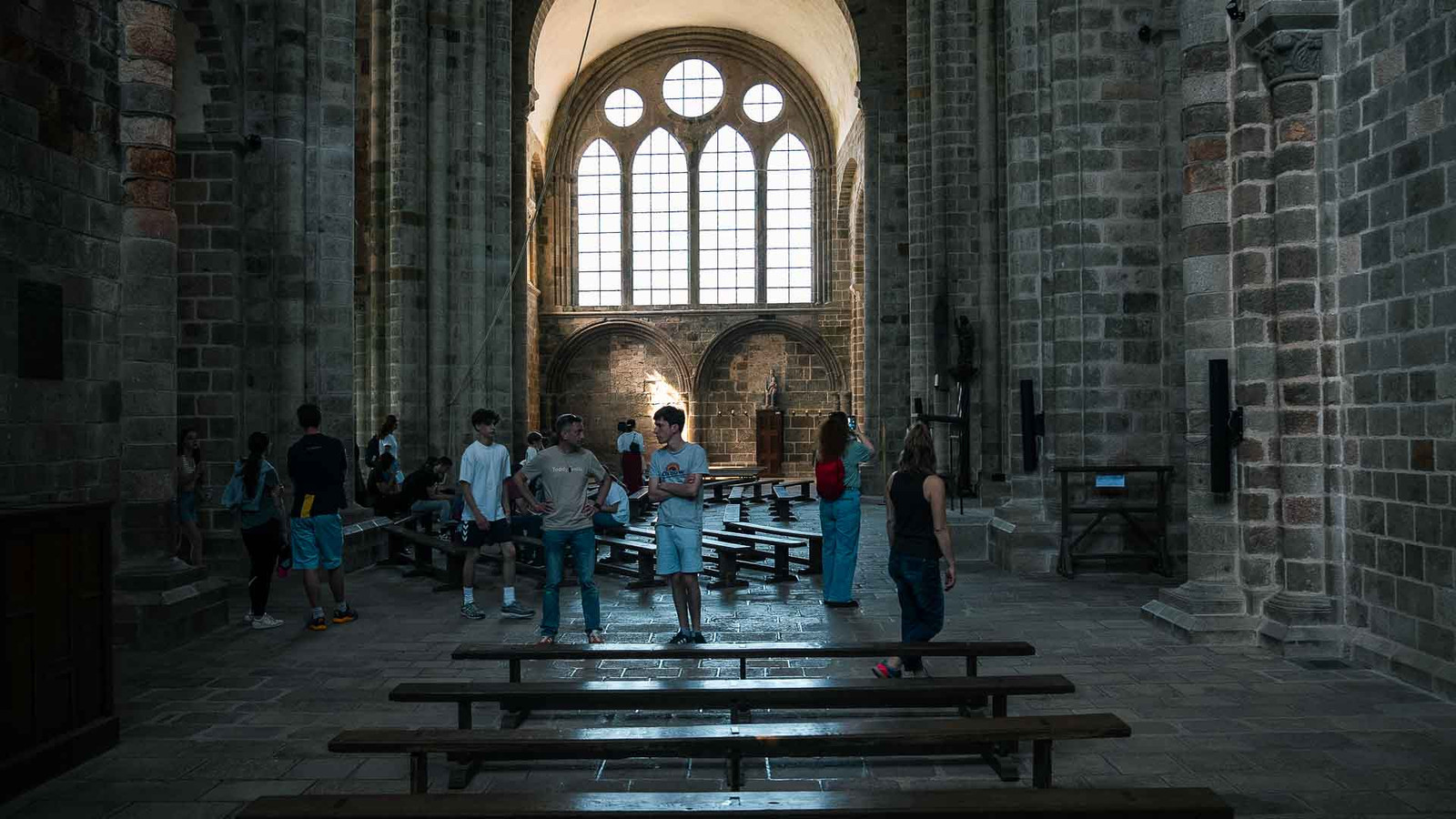
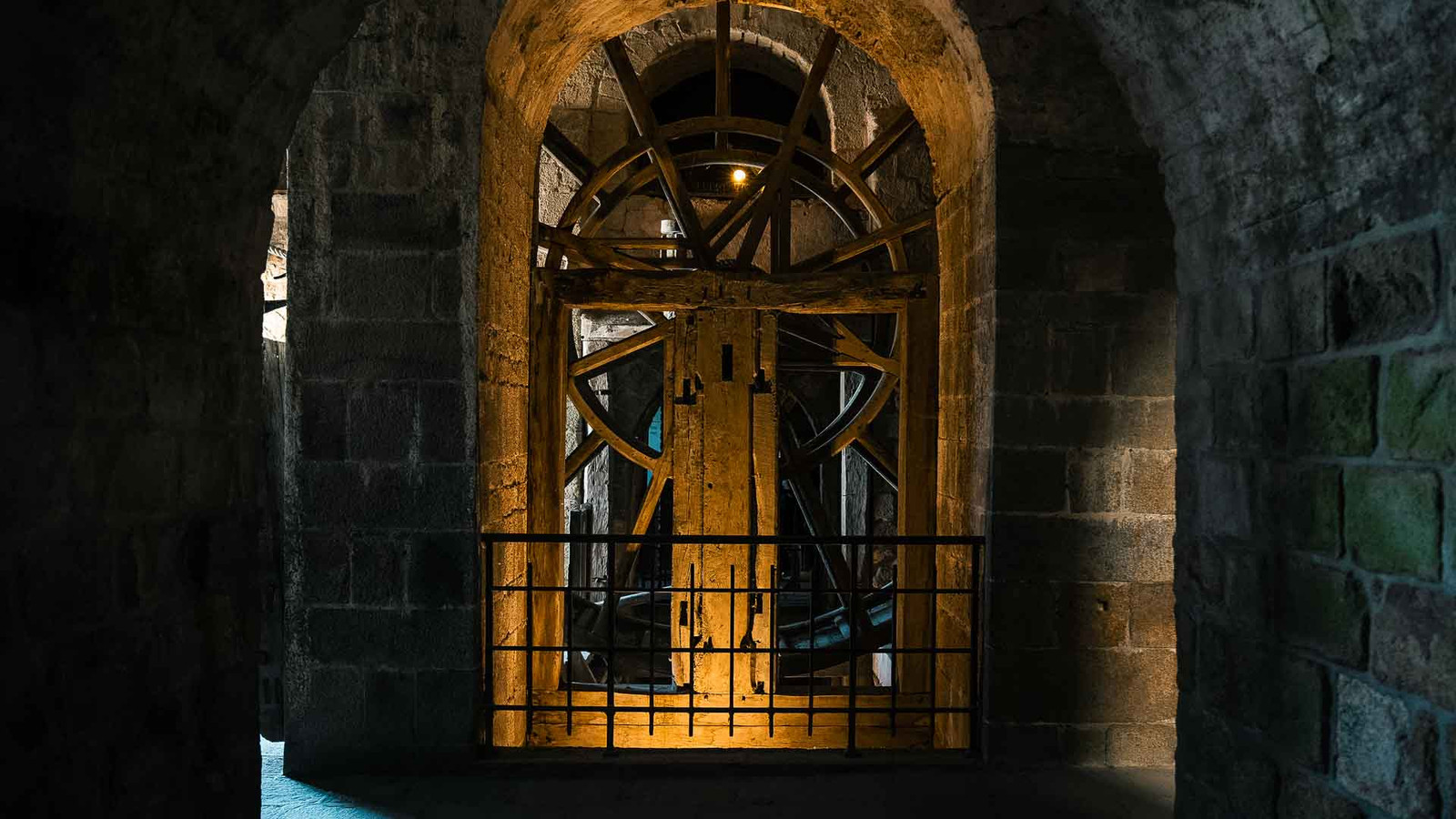
There’s no master plan here. Mont Saint-Michel is like a thousand years of improvisation in stone. They kept adding bits as wars started, kings visited, monks arrived, or politics shifted. The result: a weird, beautiful maze.
It started with a chapel, supposedly on orders from the Archangel Michael, who told Bishop Aubert to build it in 708. The crypt from that era still sits buried under everything else—Notre-Dame-Sous-Terre—like the abbey’s buried heart.
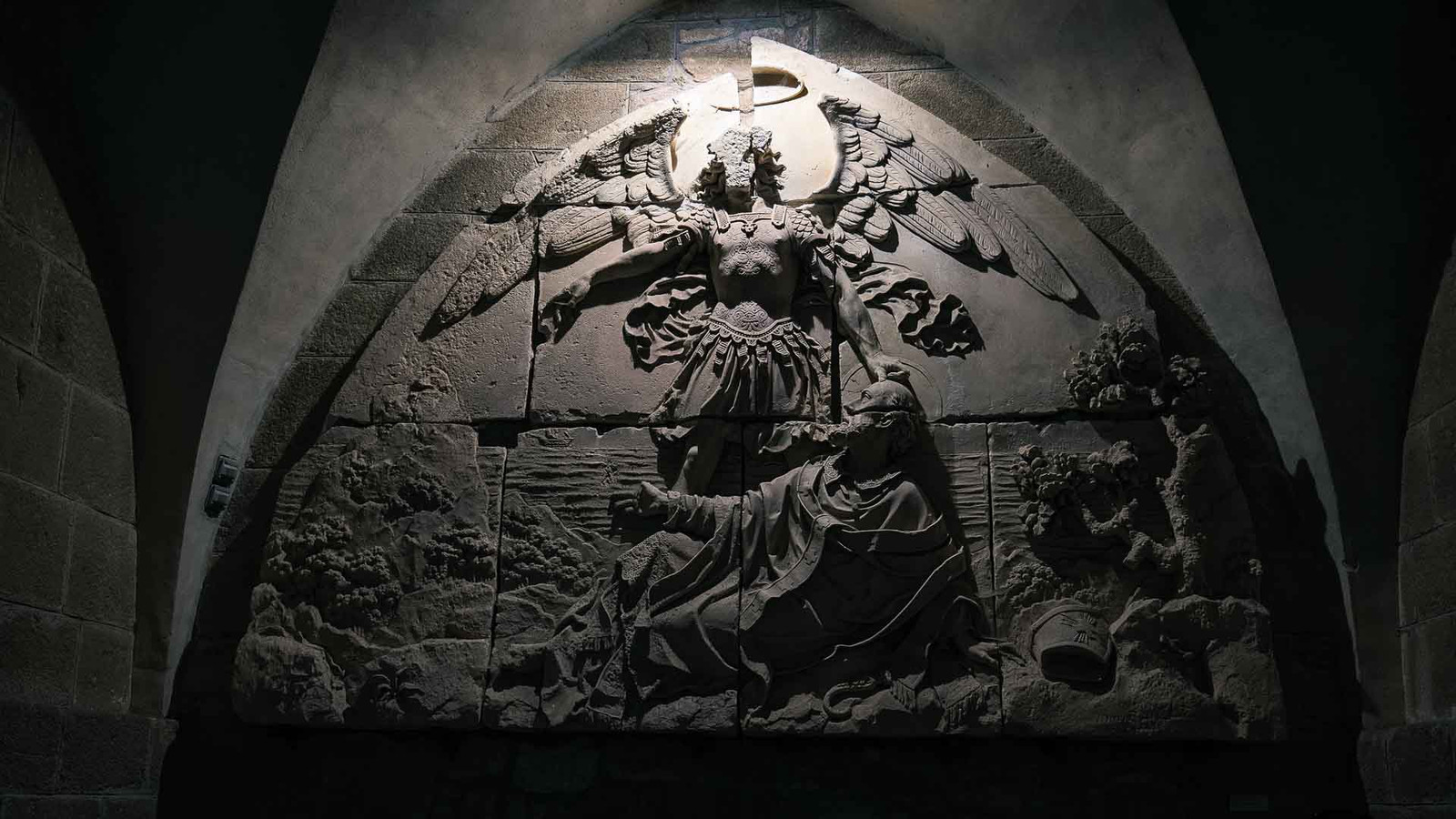
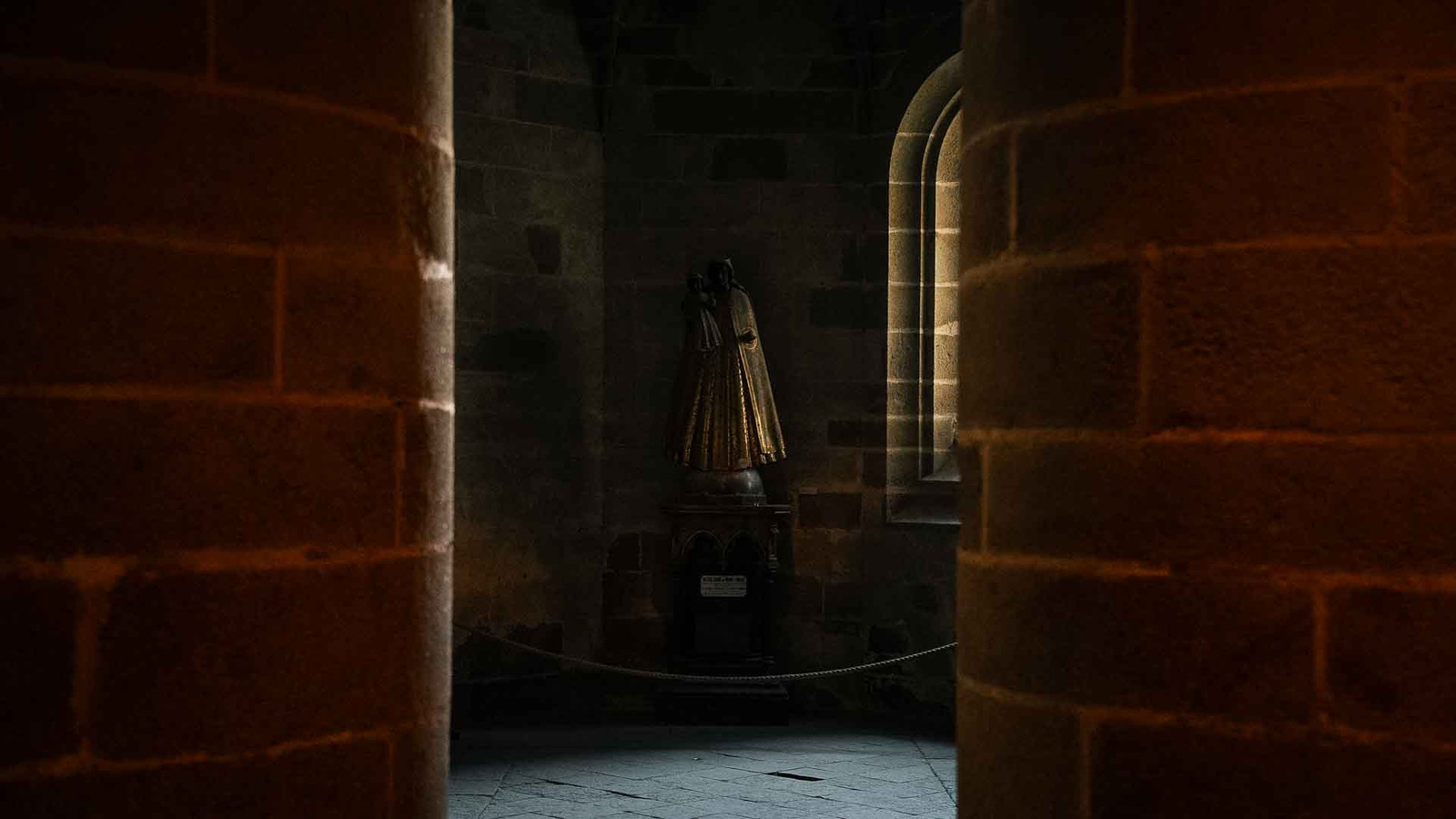
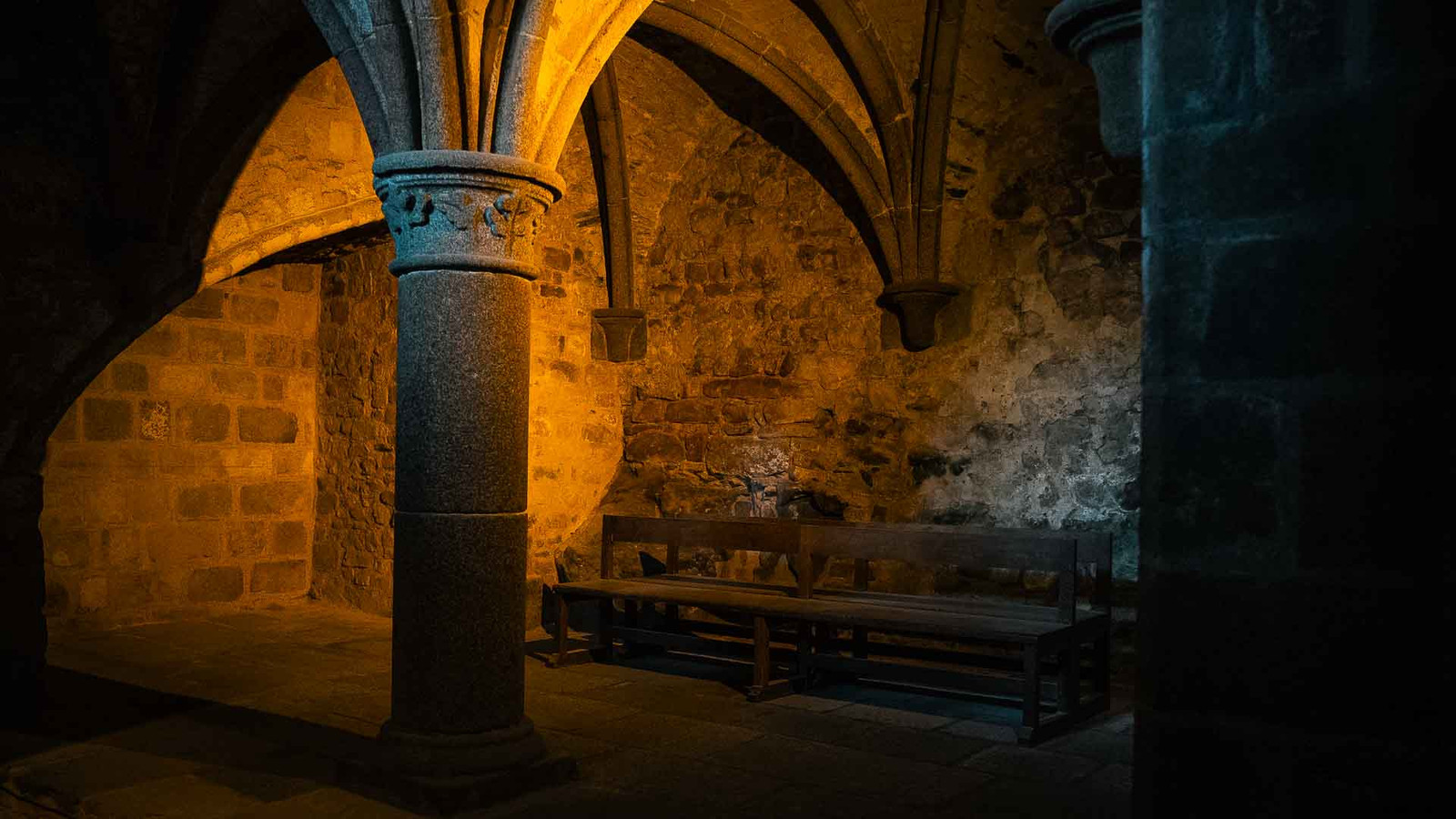
Things changed when the Benedictines arrived in the 10th century. They had funds, structure, ambition. They started building upward. And they didn’t stop. Mont Saint-Michel became a holy destination, then a fortress in the Hundred Years’ War, then a prison during the Revolution. Different hands kept reshaping it, but rarely erasing.
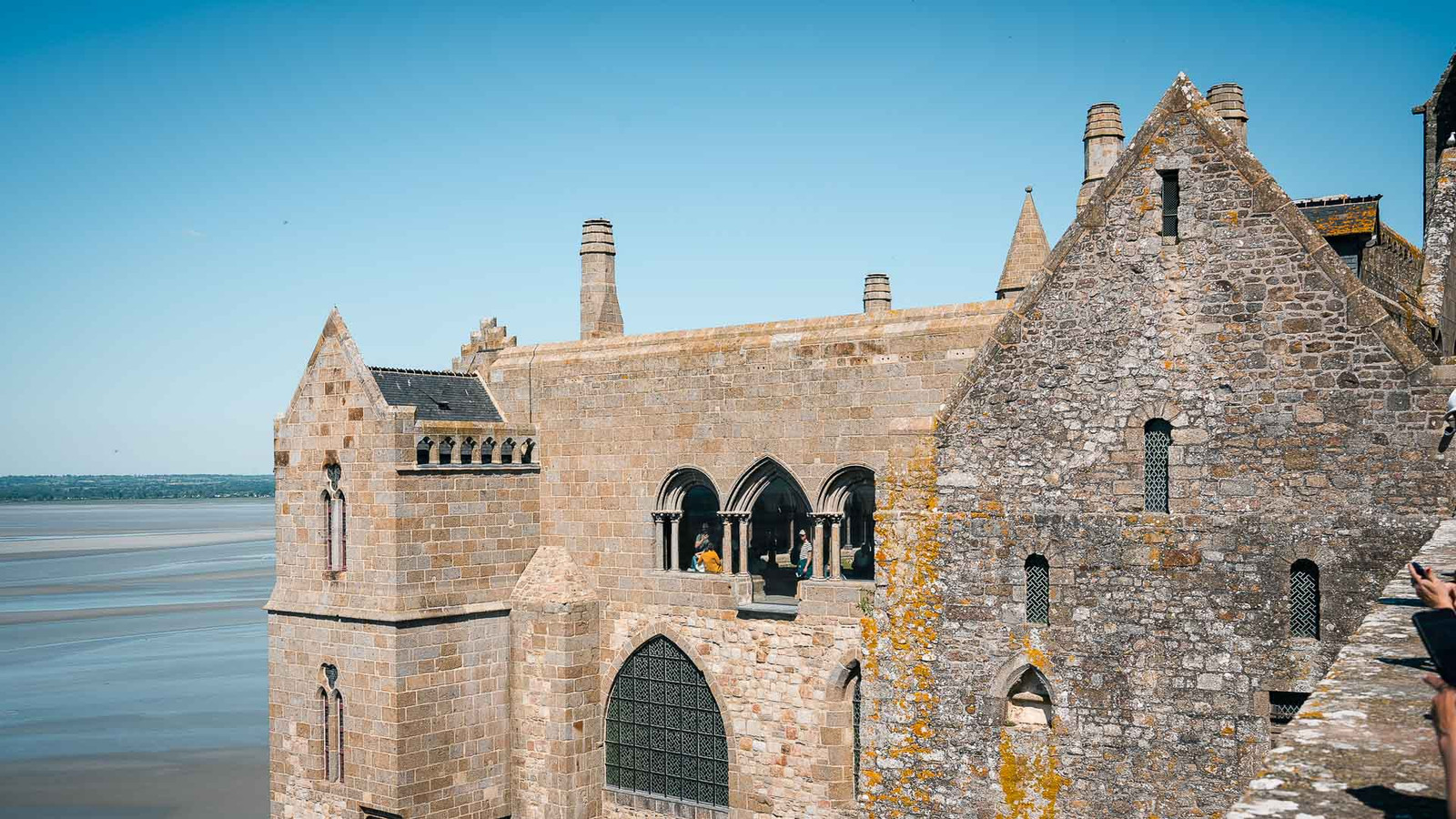
You’ll spot the layers. One corridor ends in a Gothic arch. Another dead-ends at a Romanesque bulkhead. There’s symmetry and chaos in equal measure. That’s the charm.
Restoration work started in the 1800s and still goes on today, but they’ve tried not to over-correct. The wonkiness is kind of the point.
The Stone Tells Its Own Story—If You Take the Time
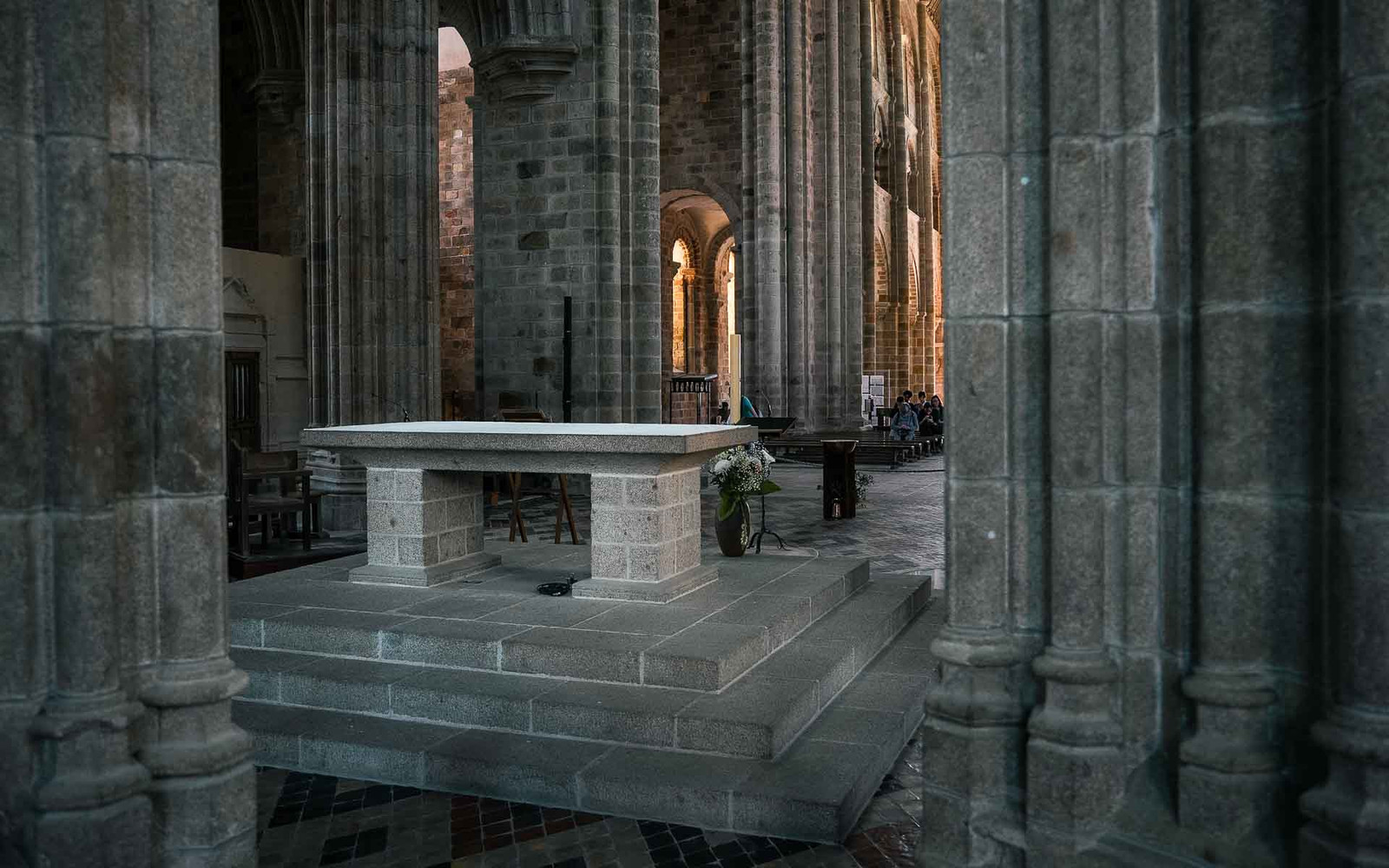
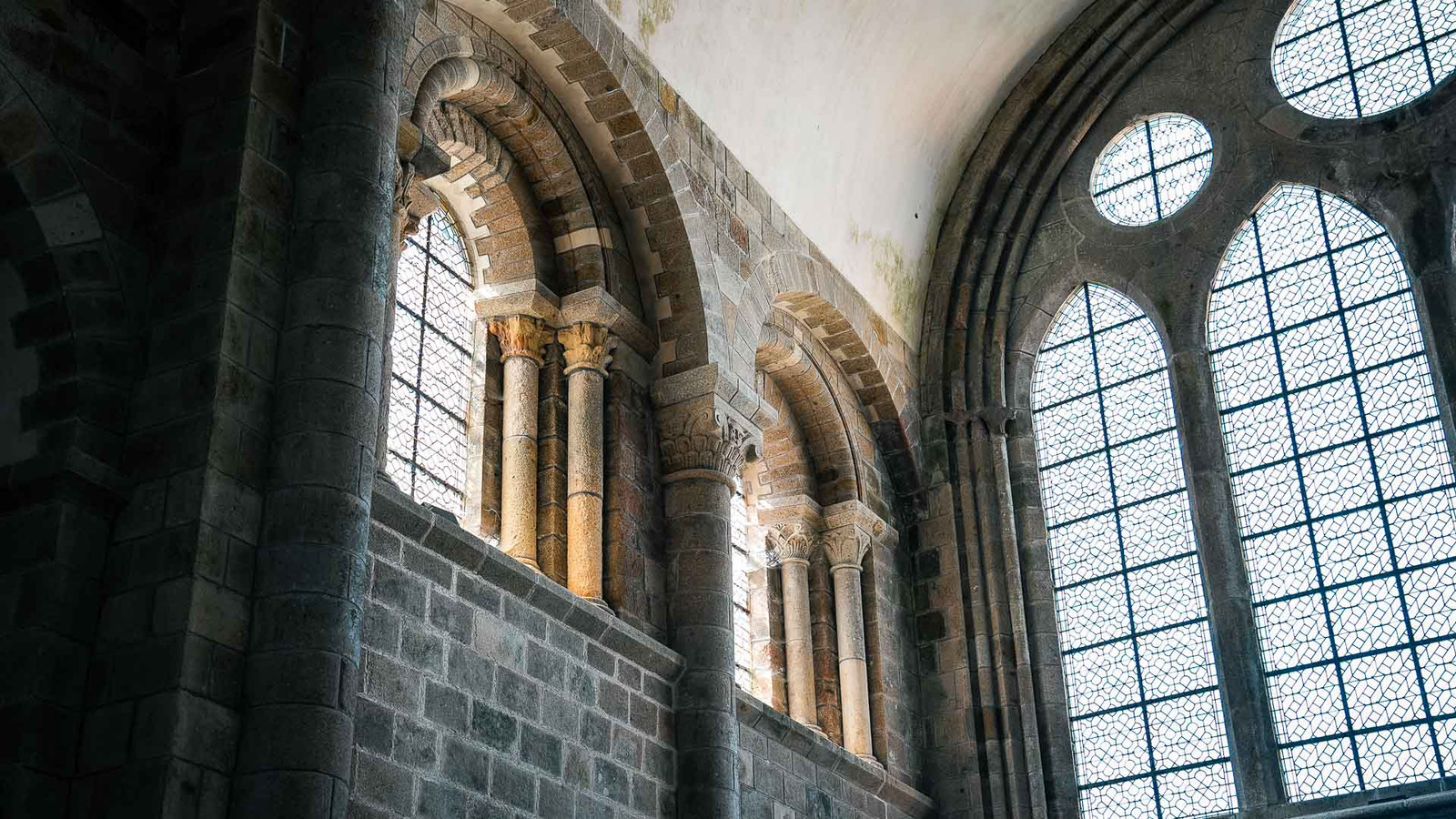
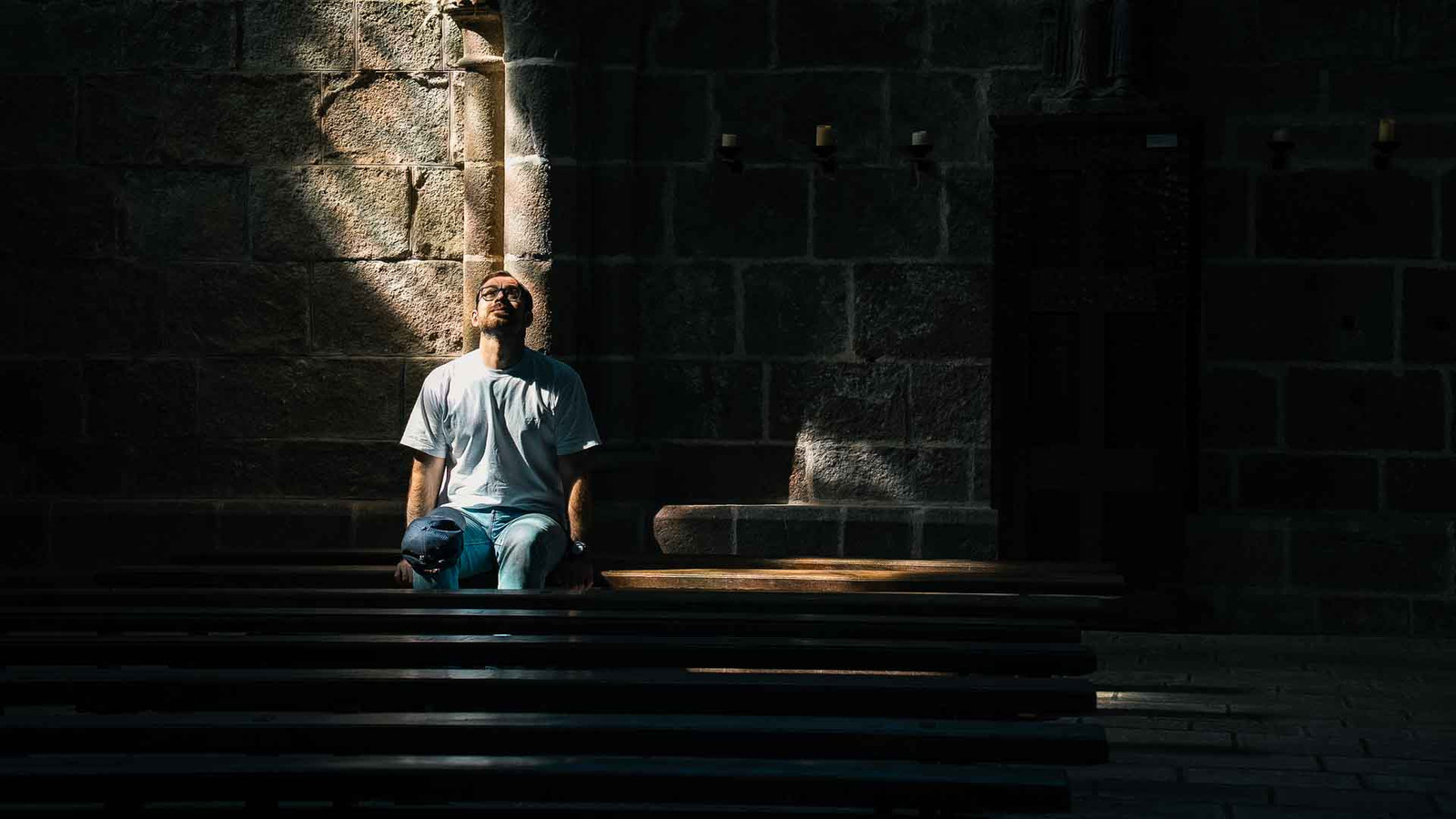
Catch it at the right moment—maybe early, before the tour crowds pour in—and there’s this strange, floating feeling in the abbey church’s choir. The light cuts in sideways. You forget the weight of all that stone.
Down low, you’ve got classic Romanesque: blocky, heavy, planted deep in the rock. Arches are rounded. Walls are thick enough to survive whatever history threw at them. Then you climb, and the Gothic takes over. Arches sharpen. Vaults rise. Air starts to matter more than mass.
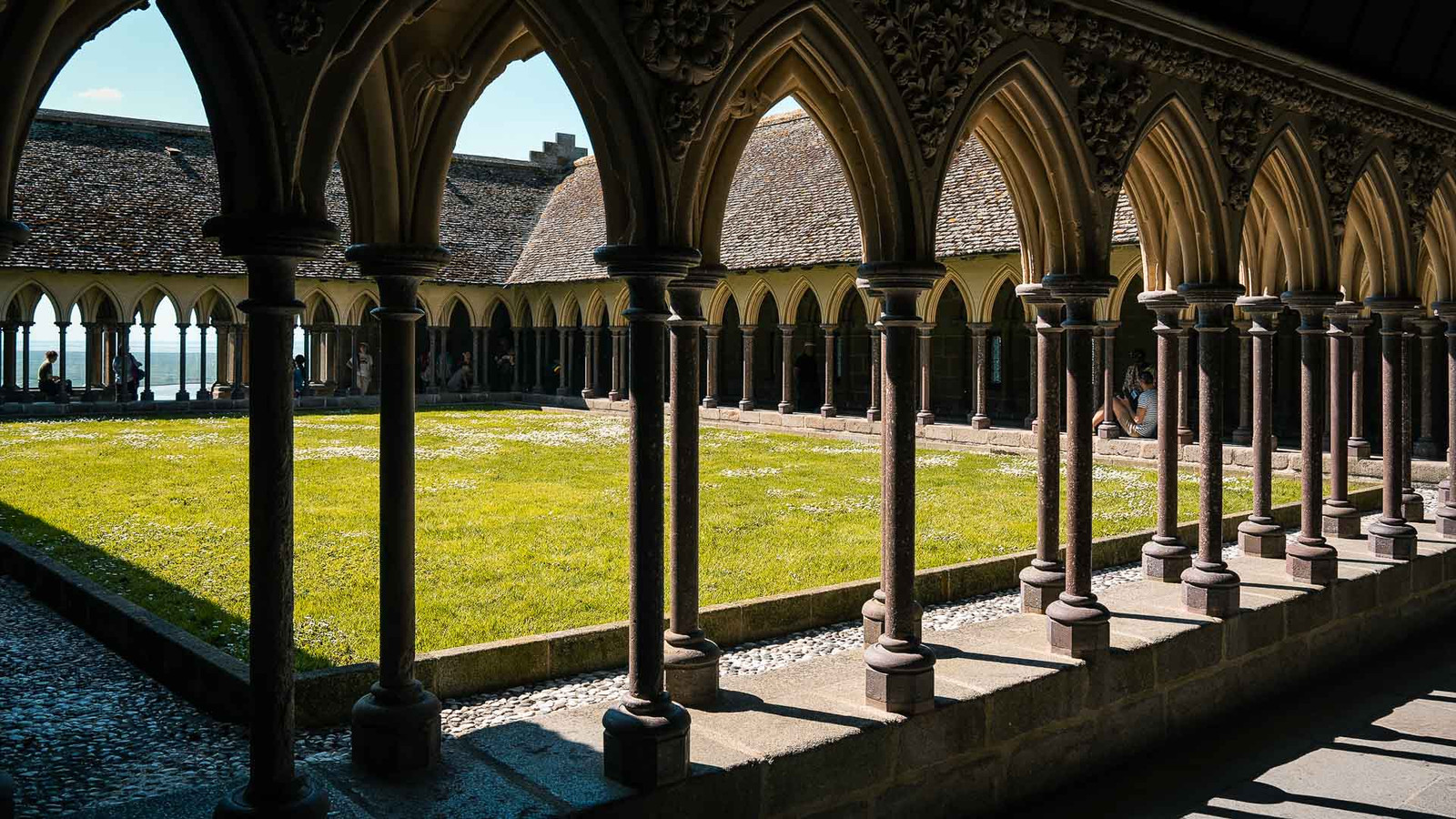
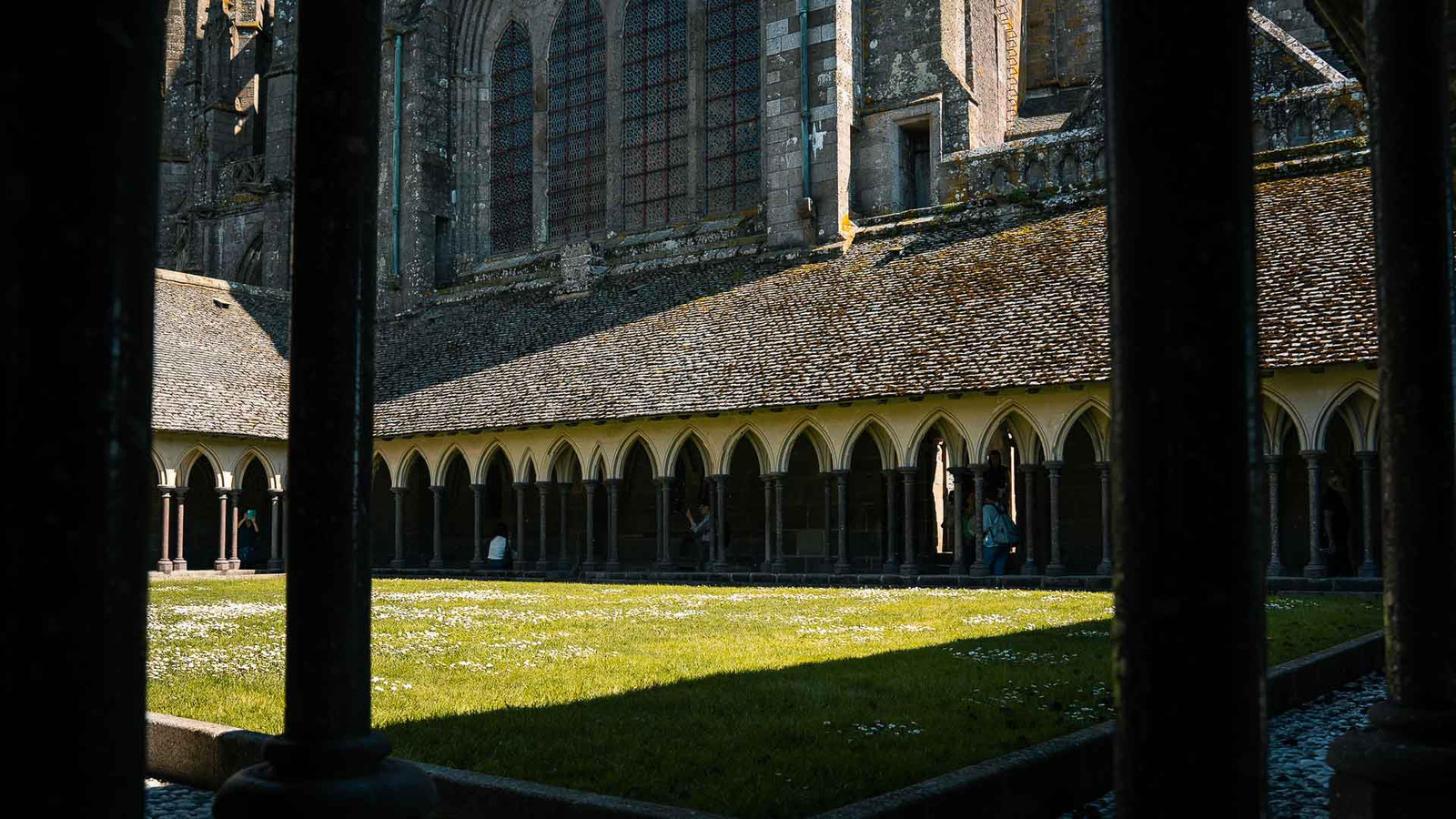
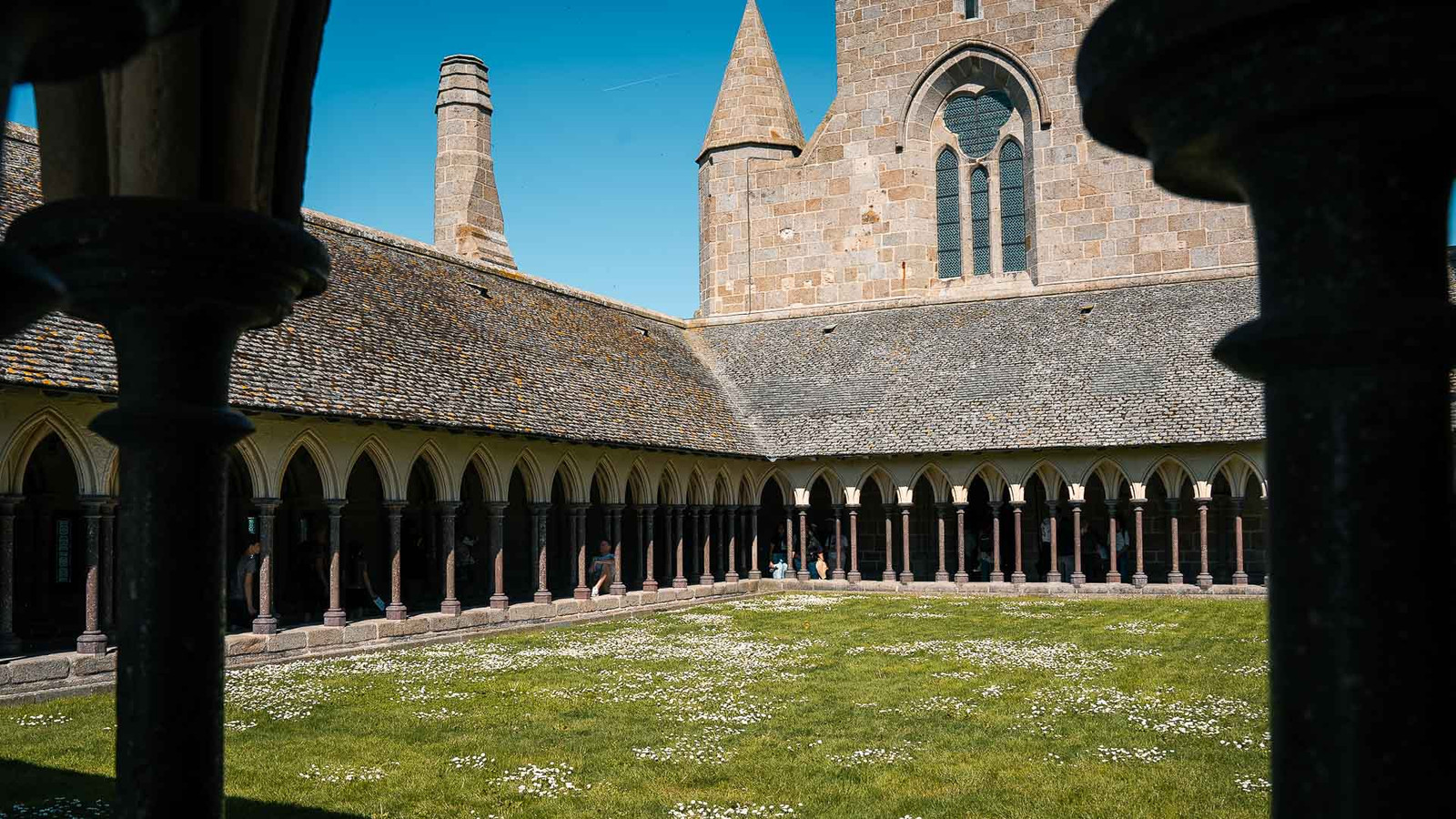
La Merveille is the architectural jackpot. Thirteenth century, three stories high, clinging to the northern cliff. Sounds heavy. Somehow isn’t. The top-floor cloister floats above it all—narrow, breezy, and open to sea air. Most people rush past it. Don’t.
Just below, the refectory looks like a church. You almost expect a sermon, not soup. It’s severe, a little cold. But impressive. Like most of the abbey, it wasn’t built to charm. It was built to last.
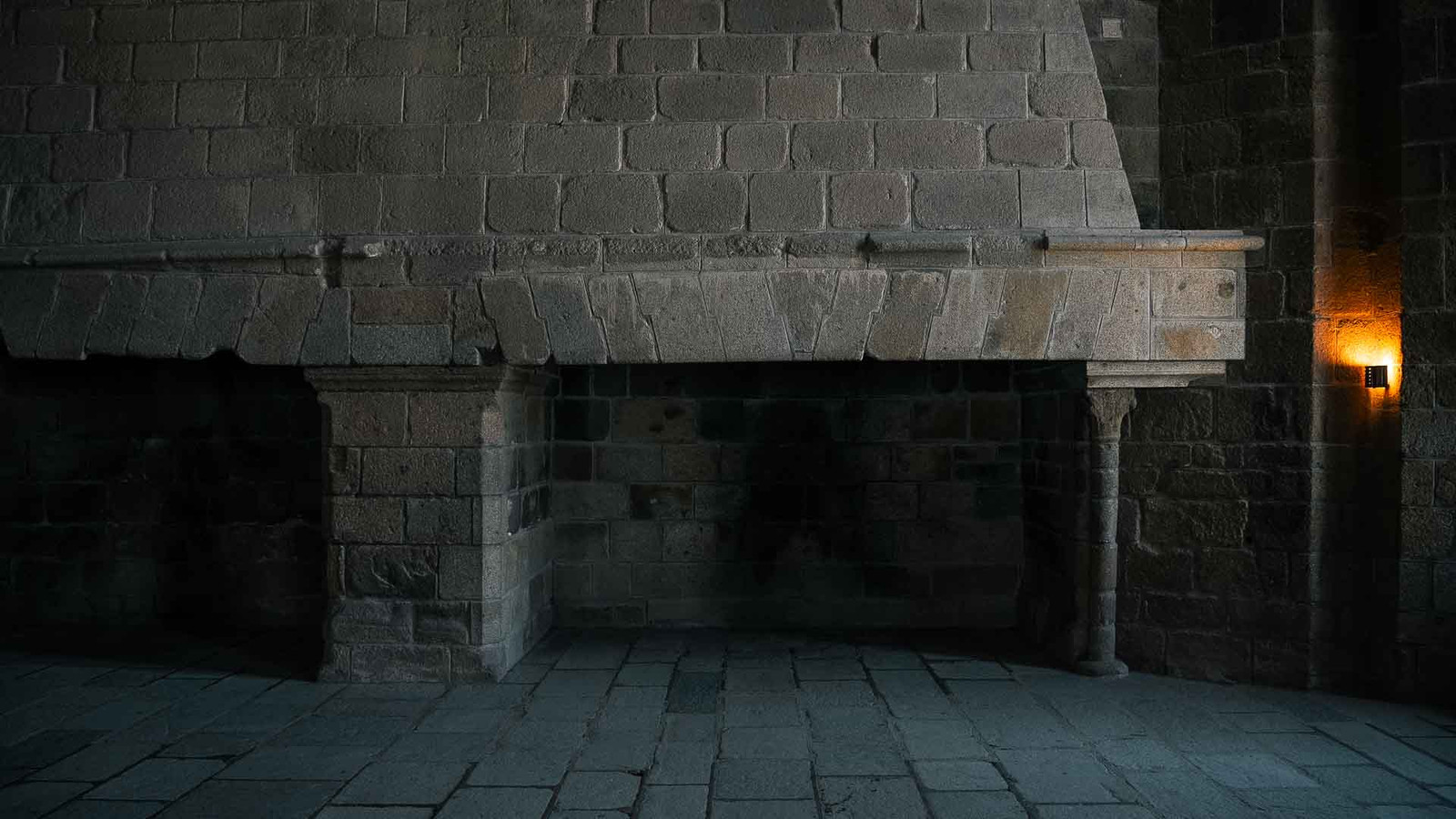
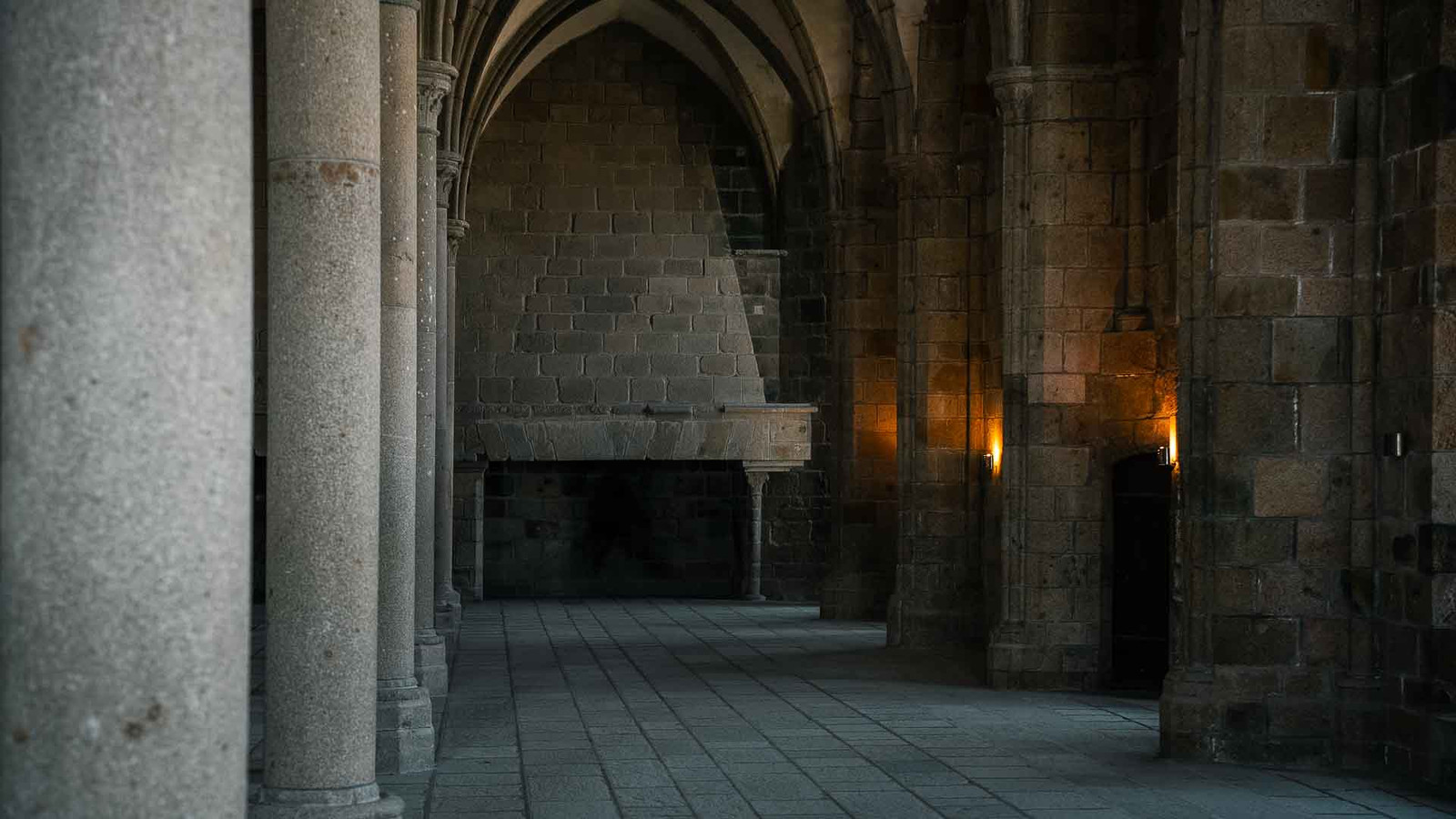
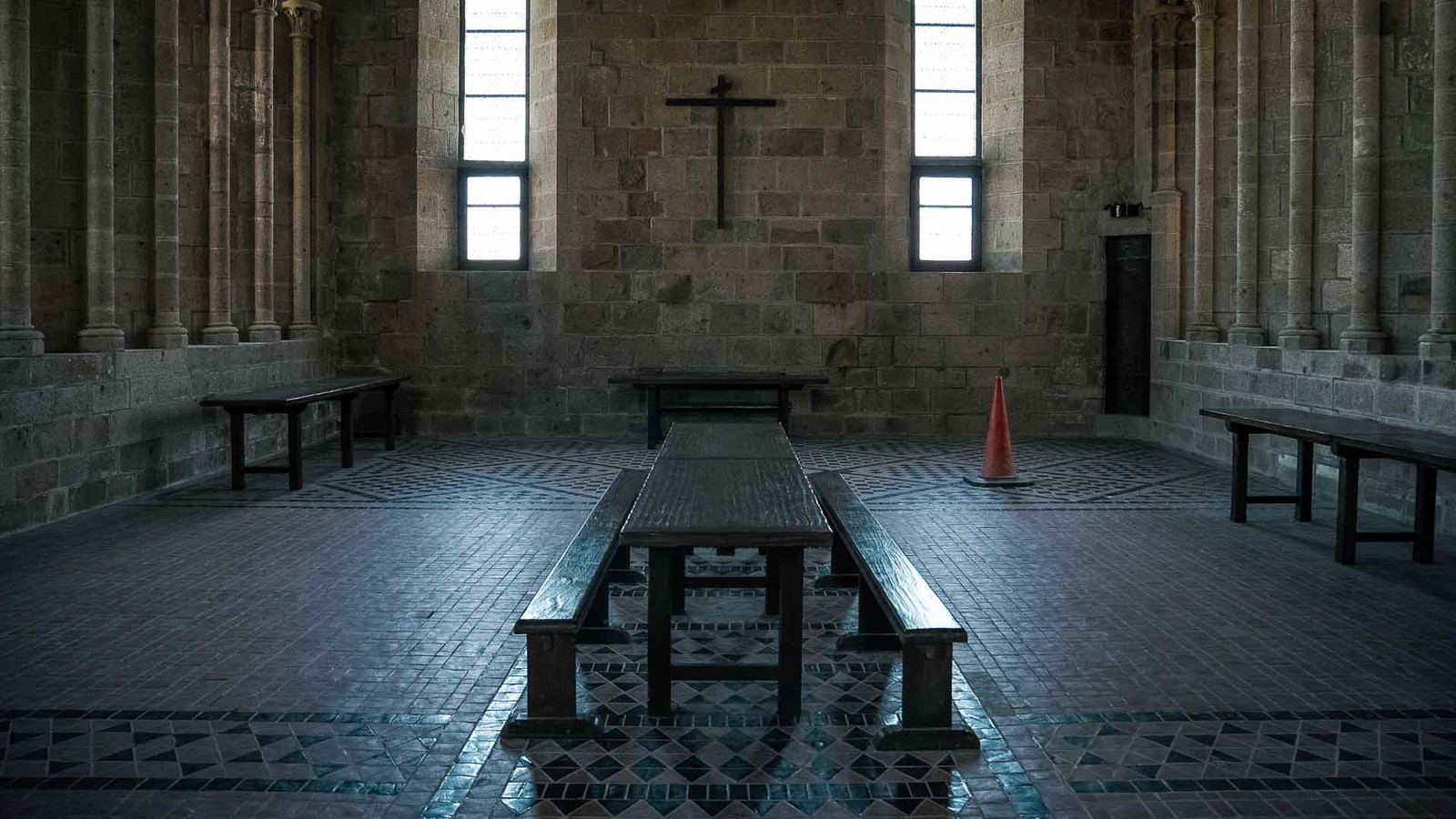
Take your time moving between levels. The changes aren’t just structural—they’re emotional.
Still a Pilgrimage, Just in Different Shoes
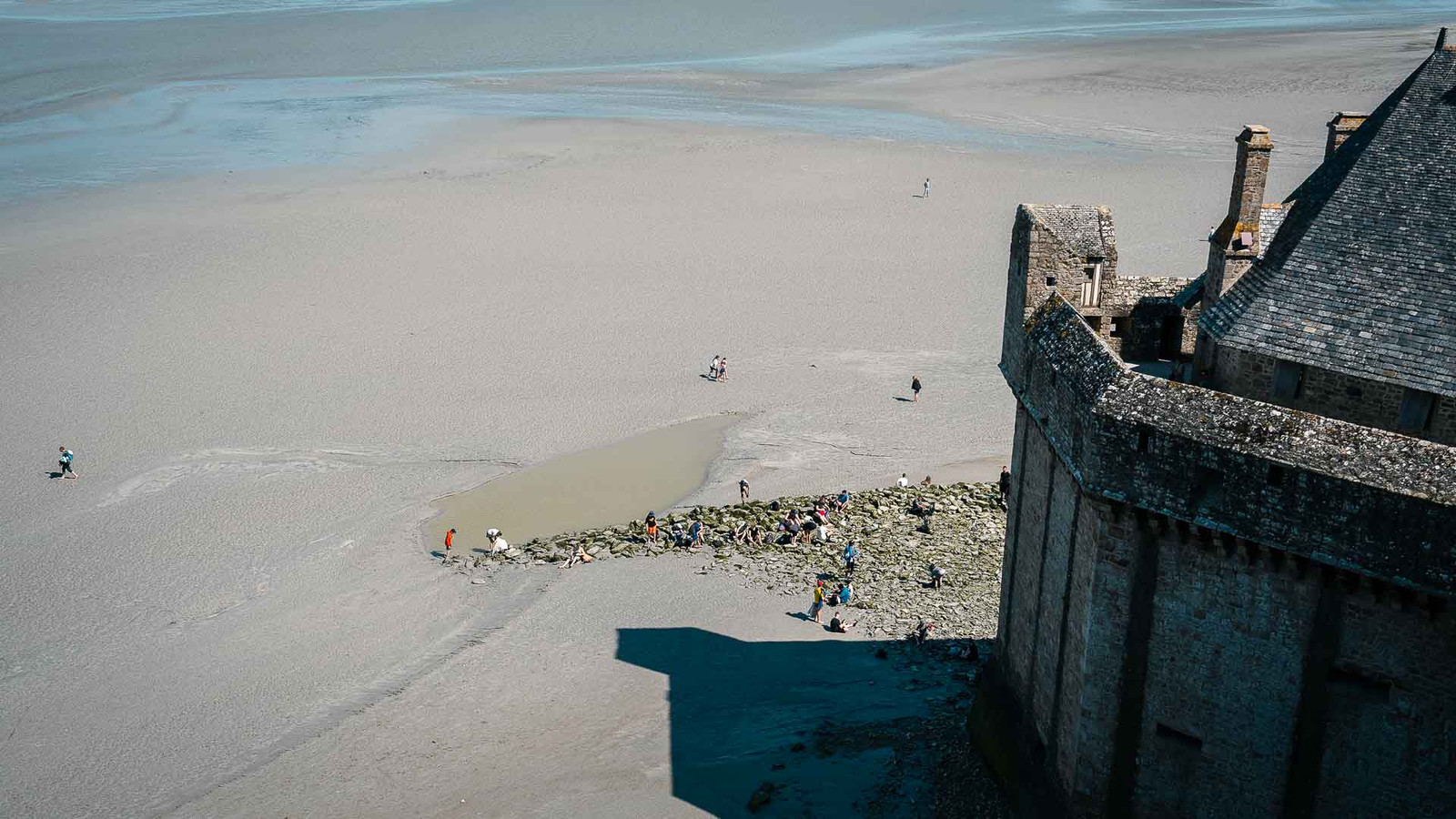
Back in the day, people crossed the tidal flats barefoot, muddy, shivering, praying not to get sucked under by quicksand. That still happens, minus the barefoot part. You’ll see guided walkers trudging across the sand like modern-day penitents.
It was one of the biggest pilgrimage sites in Europe. Kings came here. So did peasants. Everyone climbed the same rock to reach the same archangel. That kind of democratic suffering doesn’t happen much anymore.
It wasn’t just spiritual, either. The abbey was political armor. It never fell to the English. The tides helped, sure. But so did the architecture. It was as much fortress as sanctuary.
A handful of monks still live here. You might hear them chanting if you’re lucky. Most of the time, though, the soundtrack is footsteps and camera shutters. Still, something about the place seeps into you. The salt air. The smell of damp stone. The feeling that you’re not quite in this century anymore.
Avoiding the Chaos: What You Need to Know
- Mont Saint Michel tickets price: Here’s the deal. Tickets are €13 for most of the year, €16 if you’re one of those eager types who shows up after 5 PM in summer. Under-18s and EU residents under 26 walk in free—but still, book ahead. Peak season gets wild.
- Best time to visit: Skip weekends if you can. Tuesdays and Wednesdays are better. Get there when they open—9 AM in summer, 9:30 in colder months. Last call is an hour before closing. It’s shut on Jan 1, May 1, and Christmas.
- Guided tours: You can join a guided tour for the full download or grab an audio guide and zone out at your own pace. Families might go for the interactive bits, but solo travelers? Probably not.
- What to wear: Footwear matters. Seriously. Uneven stones and endless stairs will destroy flip-flop optimism. Layers help too—wind and mist are always lurking.
- Accessibility & duration: Accessibility’s limited. Lower levels are doable with wheels, but the high stuff isn’t. Staff are kind and equipped, but the architecture’s unforgiving. Plan for two hours minimum. Longer if you want to actually see things instead of just ticking boxes.
This isn’t a checklist place. It’s a wander-and-wonder kind of place. Let it unfold. Don’t rush. Let the tides and your legs decide the pace.